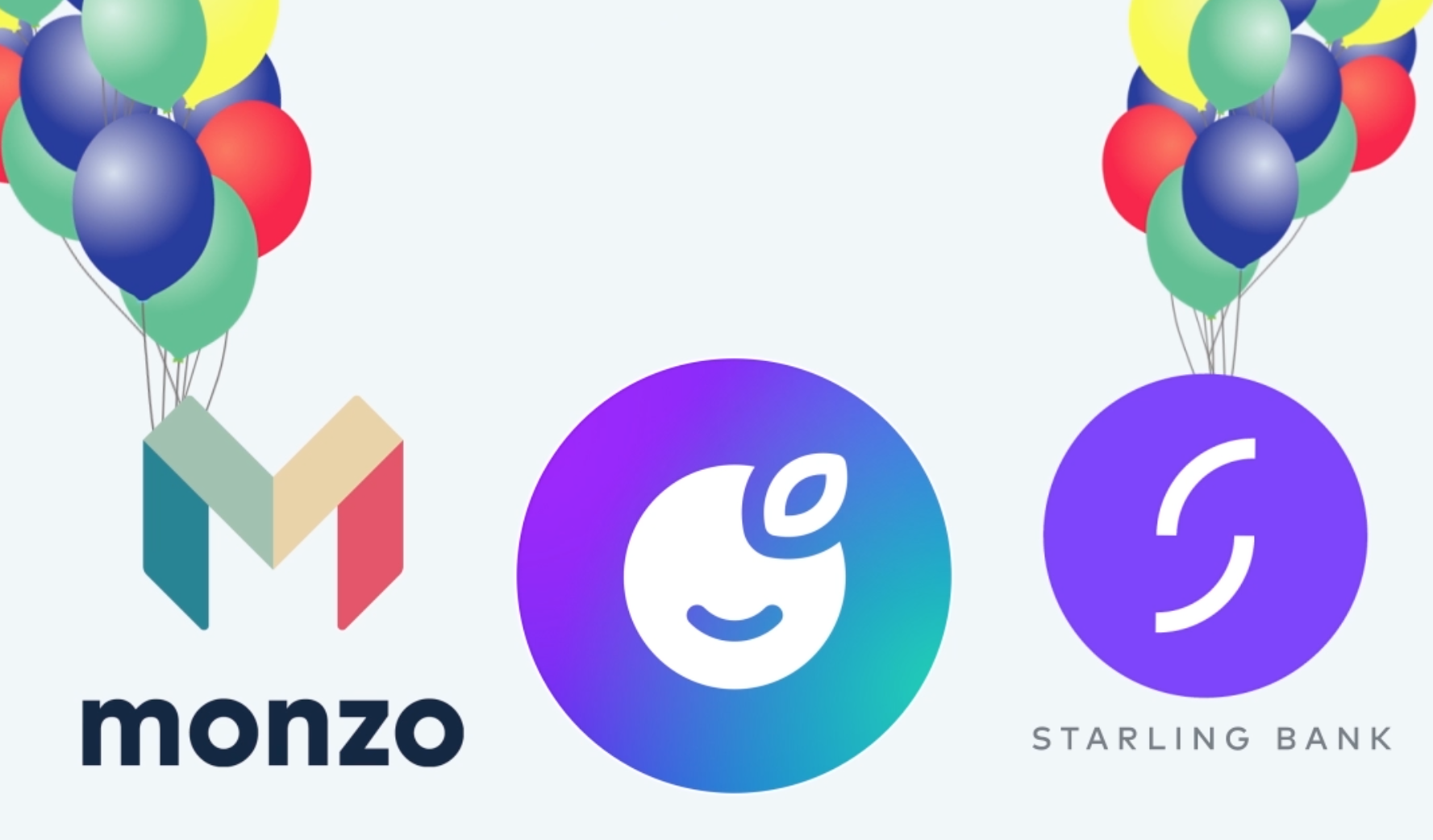The news is in: as of today new and existing Plum users can connect their Monzo and Starling accounts to Plum!
Why the wait?
Until now, users have been able to connect traditional banks to Plum only - we’re talking about the likes of Santander, HSBC, Nationwide, alongside a few other more ‘modern’ types - Metrobank for example. The sparseness of available challenger bank connections was due to a few factors, but can be boiled down to the following:
- Traditional data aggregators until very recently haven’t offered many integrations with challenger banks (thank you TrueLayer for bridging the gap here!)
- In a similar vein, many challenger banks haven’t had the available tech - that is, APIs - to enable third parties to connect with them and collect their data
So, whats changed?
It comes back down to the evolving landscape of data-sharing and bank connections. As we’ve seen with Open Banking, CMA9 banks (your typical high street names) have been mandated to offer up better technology (cough cough, APIs), whilst third parties wanting to use that tech and consume the data have been working to implement better frameworks around authentication and authorisation.
In simpler terms: how do the bank and third party ensure that the person requesting data from the bank actually is that person, and, what are these players allowed access to?
So, challenger banks like Monzo/Starling have already stepped up to the plate by offering up APIs so that third parties can start collecting transactional data on behalf of individuals. Similarly, data aggregators like TrueLayer, have done the necessary work to connect with these APIs and provide a user journey that fits the Open Banking spec. These Monzo/Starling connections are a good segue into what linking your bank with Plum will look like when Open Banking APIs go live for all banks.
Fintech-y jargon aside, how will connecting my Monzo/Starling account be different?
Say goodbye to the days of typing your credentials in five times before getting them right and being able to link successfully. Or, having to give out every single number and letter of every single online banking credential you own, which you and I both know, is a nuisance.
If you have a Monzo/Starling account, go and link it!
You tell Plum you want to link to Monzo/Starling. Plum says ‘Sweet, let’s do this!’ (or something to that effect).
Now, rather than loading a webview where you are presented with the fields for your online banking credentials, you will be asked to type in your email address.
This is where the magic happens.
At this point, you’ll be automatically redirected to your email account, where you authenticate yourself by (first of all, proving that you are you by having access to that account) and clicking on the link sent to you by Monzo/Starling.
And that’s it, hey presto, Bob’s your uncle, you’re done - you finish up by selecting which Monzo/Starling account you want Plum to make savings from and that’s it. Easy, peasy.
What are the main differences?
- With Open Banking, you will never have to give out your full passwords or credentials - instead, you’ll be redirected to the site you want the third party to have access to.
Think about when you signed up to Instagram or Spotify - you probably saw an option to log in through Facebook, and when you selected that, you didn’t print out an exact copy of your Facebook credentials on the Spotify login form to prove that you were indeed the owner of the Facebook account.
Instead, you will have been redirected to Facebook, where you logged in and proved you were you, and then told Facebook which data clusters you wanted Instagram to have access to. At this point, Facebook will have sent a ‘token of approval’ back to Spotify - like a stamp that says, ‘yep, this is a legit person, you can create an account for them using Facebook.’ If I lost you with this analogy, just remember that like Monzo or Starling, and with Open Banking, you won’t need to print your private credentials to be able to share your data with a third party. Boom.
-
Proving that you are you will be smarter than simply regurgitating login credentials. It will often involve a one-time-password, such as an email link in Monzo’s case, or a fingerprint, or inputting a code sent to your mobile - some sort of strong authentication that enables you to identify who you are, using multiple tools or identifiers that link back to you. It’s smarter, safer, sexier.
-
Connections will be much smoother. You may have received a message from Plum in the past saying that we lost connection to your bank account. This is because there is so much legacy tech involved in data aggregation as it stands, and it’s nowhere near as stable as APIs. This new technology will mean a faster, and uninterrupted connection. Hoorah!
As always, if you have any feedback about your connection experience with Monzo/Starling, please let a member of the team know - we’re constantly iterating and working out how we can make the product work as best as possible for you.
Plum makes managing your money effortless. Get started in just 5 minutes.
